Acesse a sua conta getAbstract para obter o resumo!

Acesse a sua conta getAbstract para obter o resumo!
Simon Roberts
The Power of Not Thinking
How Our Bodies Learn and Why We Should Trust Them
Rowman & Littlefield Publishing Group, Inc., 2022
Sobre o que é?
Anthropologist Simon Roberts illustrates how human intelligence encompasses so much more than cognitive reasoning.
Recommendation
Business anthropologist Simon Roberts details how human intelligence includes “embodied” knowledge – something AI has not yet succeeded in replicating. Embodied knowledge derives from the body – through movement, muscle memory, sight, hearing, taste, smell and touch. It includes experiences that evoke deep sensory memories that permit action without thought and pattern recognition. These embedded memories enable you to feel, rather than merely reason, your way through many decisions. Roberts provides innovative examples of companies making better decisions by pairing data with experiential learning.
Summary
About the Author
Simon Roberts is a business anthropologist who helps leaders learn through embodied experience. He’s co-founder of Stripe Partners, a global innovation and strategy group that assists the development of technology-led businesses.










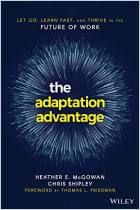

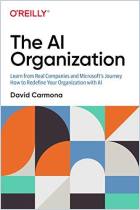
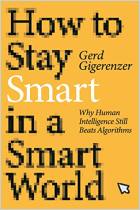

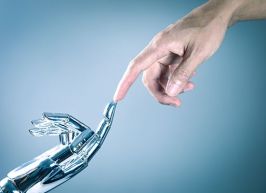

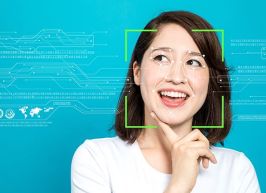






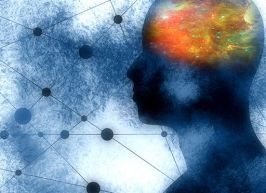

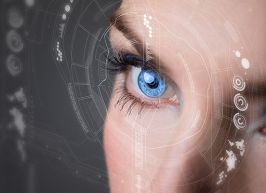

Comment on this summary